Have you ever walked past a house and marveled at its stunning exterior? It’s often the decorative trim that draws the eye and adds character to a home. Decorative exterior trim is not only functional but also enhances curb appeal and value. As a homeowner and a DIY enthusiast, I’ve learned a lot about selecting and installing exterior trim. Join me as we delve into this fascinating world where beauty meets functionality!
What is Decorative Exterior Trim?
Decorative exterior trim refers to the architectural elements added to the outside of a house to enhance its aesthetic appeal. This can include moldings, brackets, cornices, and various types of casing around windows and doors. Decorative trim serves to frame and highlight architectural features, providing depth and interest to the structure.
Types of Decorative Exterior Trim
There’s a wide variety of decorative trim options out there, each with its distinct look and material. Let’s explore some of the most popular types:
1. Crown Molding
Crown molding is typically used at the junction of walls and ceilings, but when applied externally, it can create a dramatic effect at the eaves of a roof.
2. Fascia Boards
Fascia boards are horizontal boards located at the ends of rafters, serving as a base for gutter systems. They can be adorned with decorative elements for added style.
3. Soffits
Soffits are located beneath the eaves of a roof. They can also be embellished with decorative panels or detailing to enhance curb appeal.
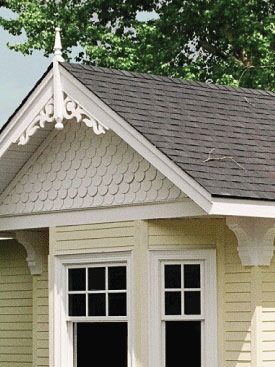
4. Window and Door Trim
Adding casing around windows and doors can completely transform their look. This includes decorative crowns or aprons that highlight these openings.
5. Cornices
Cornices are decorative elements that project from the walls and are typically located at the tops of windows or doors. They can add a classic touch to any home.
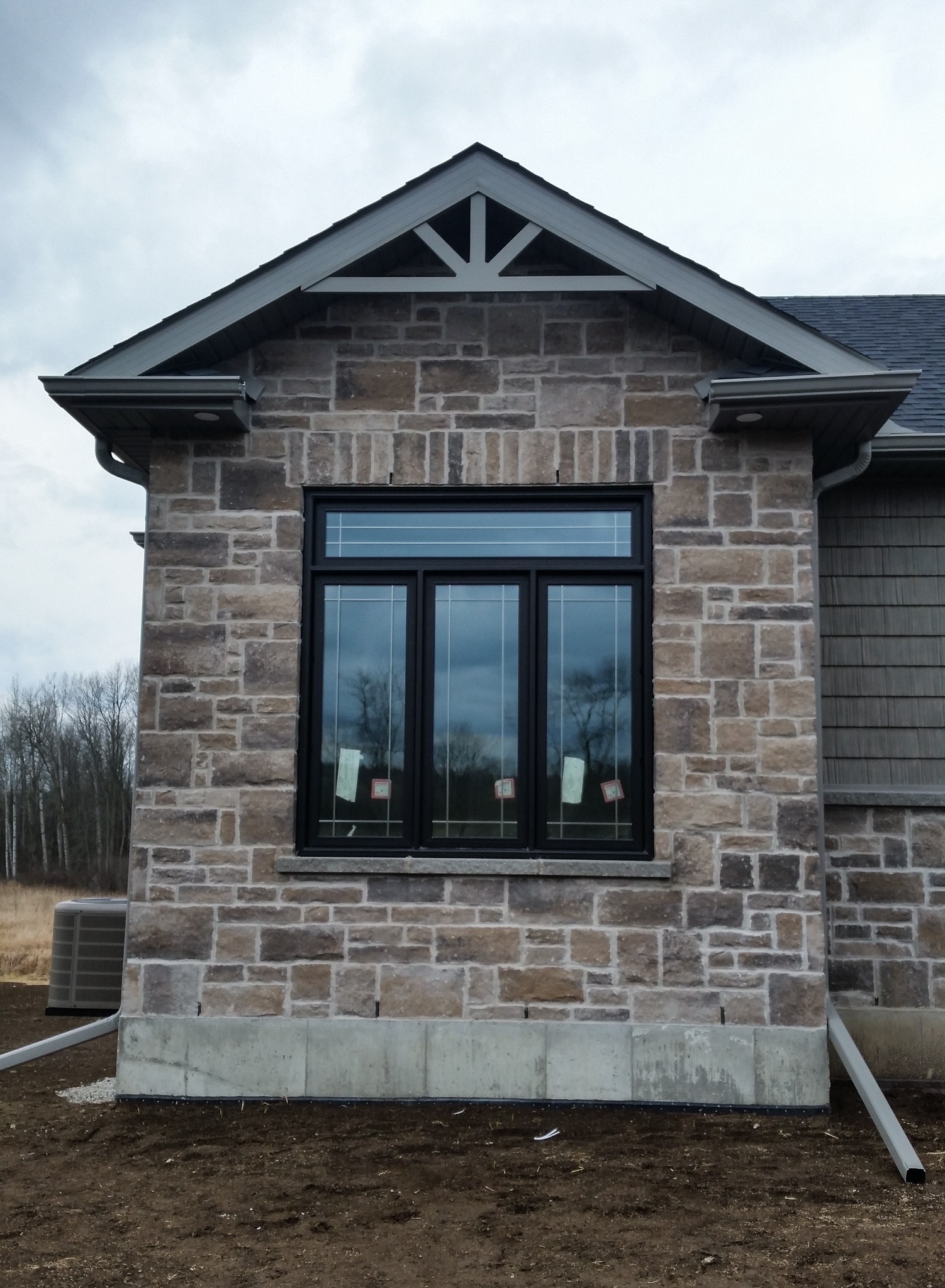
6. Shutters
Functional or purely decorative, shutters can significantly enhance the exterior look of your home. They come in various styles and colors.
7. Pilasters
Pilasters give the illusion of columns but are attached to the wall. They can add architectural interest and elegance.
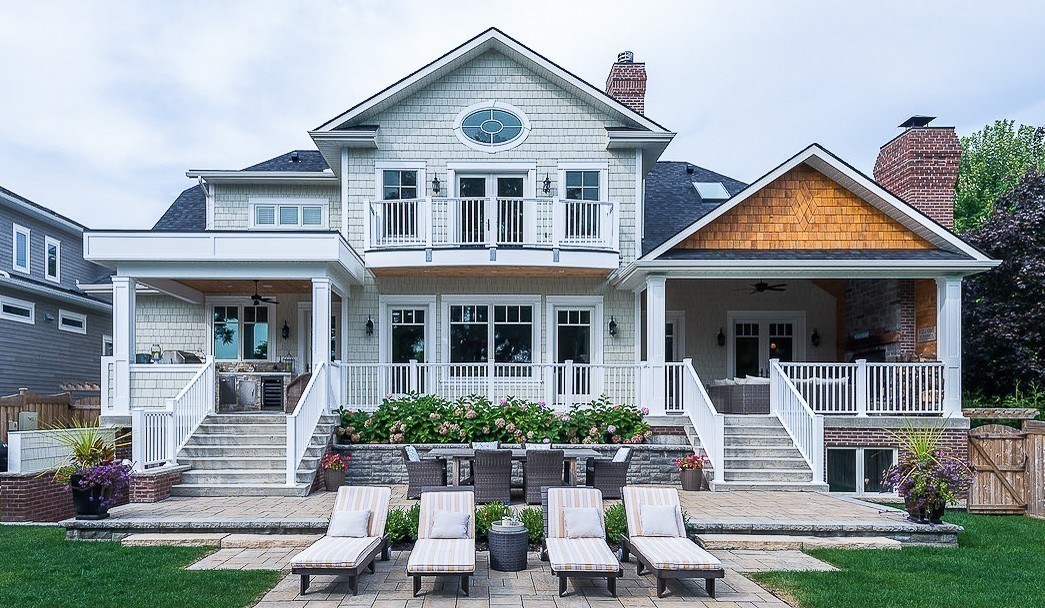
8. Brackets
Often used to support elements like eaves or awnings, decorative brackets can also serve purely as ornaments.
Benefits of Decorative Exterior Trim
Investing in decorative exterior trim comes with a multitude of benefits. Here are some notable advantages:
- Enhanced Aesthetic Appeal: Trim can drastically improve the look of your home, making it stand out in your neighborhood.
- Increased Property Value: A well-finished house can fetch a higher resale value.
- Personalization: Trim allows you to express your style and taste.
- Protective Barrier: Properly installed trim can protect your home from weather damage.

Choosing the Right Decorative Trim for Your Home
Selecting the right trim involves considering both your personal preferences and the architectural style of your home. Here are some key factors to keep in mind:
1. Architectural Style
Different styles of homes may call for specific types of trim. For example, a Victorian house typically features intricate trim work, while a modern home may prefer sleek lines.
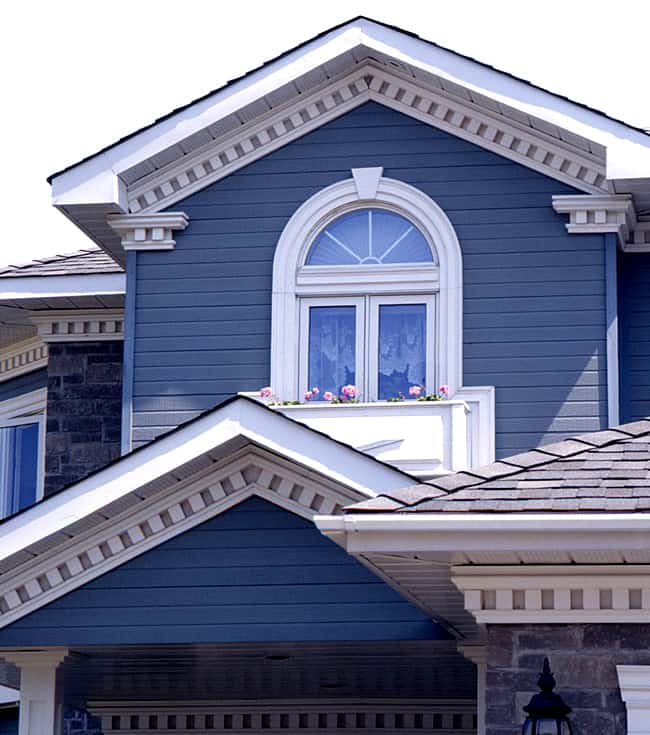
2. Material Selection
Trim can be made from various materials including:
- Wood: Offers a classic look but requires maintenance.
- Vinyl: Low maintenance and weather-resistant.
- Composite: Eco-friendly and durable.
- Fiber Cement: Extremely durable and resistant to pests.
3. Color and Finish
The color you choose for your trim can greatly affect the overall appearance of your home. Consider complementary colors that enhance your home’s exterior paint.

4. Size and Scale
The size of the trim should be proportionate to the overall design of your home. Oversized trim on a small house can look clunky, while thin trim on a grand home may appear insignificant.
Installation of Decorative Exterior Trim
Installing decorative trim can be a rewarding DIY project or performed by professionals. Here’s a simplified installation process:
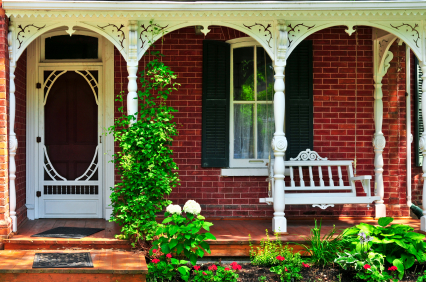
1. Gather Your Tools and Materials
Ensure you have all necessary tools like a miter saw, nail gun, level, and measuring tape.
2. Measure and Cut
Accurate measurements are crucial. Cut the trim to the desired lengths, making precise angle cuts where necessary.
3. Attach the Trim
Use a level to ensure that your trim is straight. Use a nail gun or hammer and nails to secure it in place, making sure to fill any gaps or nail holes with caulk or wood filler.
4. Finish with Paint or Stain
Complete your trim by painting or staining it to protect against the elements and enhance its beauty.
Maintenance Tips for Decorative Trim
Keeping your decorative exterior trim in prime condition requires regular maintenance. Here are some essential tips:
1. Regular Inspections
Look for signs of wear, such as chipped paint or rotting materials, and address issues promptly.
2. Cleaning
Clean your trim with a gentle soap solution and a soft brush to remove dirt and grime.
3. Repaint and Reseal
Every few years, consider repainting or resealing your trim to maintain its protective qualities.
Comparing Decorative Trim Options
| Material | Pros | Cons |
|---|---|---|
| Wood | Classic look, customizable | Requires maintenance, can rot |
| Vinyl | Low maintenance, weather-resistant | Limited color options |
| Composite | Durable, eco-friendly | Can be more expensive |
| Fiber Cement | Long-lasting, pest-resistant | Heavy, may require professional installation |
FAQs about Decorative Exterior Trim
1. What is the best material for exterior trim?
It depends on your budget and maintenance preference. Wood is classic but requires upkeep, while vinyl and composite materials offer low maintenance solutions.
2. How can I enhance the curb appeal of my home with trim?
Choose trim styles that complement your home’s architecture, and don’t be afraid to play with contrasting colors to make it pop!
3. Can I install decorative trim myself?
Yes! With the right tools and careful measurements, many homeowners can successfully install decorative trim on their own!
4. How often should I maintain my exterior trim?
Inspect your trim at least once a year and carry out any maintenance needed to keep it looking fresh and functional.
5. Does decorative trim add value to my home?
Absolutely! Decorative trim not only enhances the aesthetic appeal but can also increase your property’s market value.
Conclusion
Decorative exterior trim is a powerful way to enhance the beauty, value, and character of your home. From selecting the right materials to ensuring a proper installation, the process involves thoughtful consideration and creativity. As someone who has transformed my home with trim, I can wholeheartedly encourage you to take on this rewarding project. Whether you decide to hire professionals or go the DIY route, the end result will surely be worth your effort. So get started on your journey to a more beautiful home today!